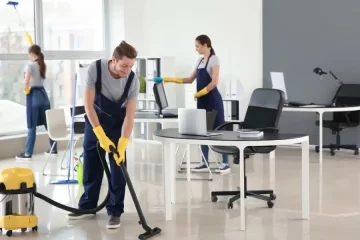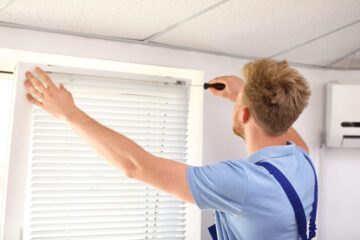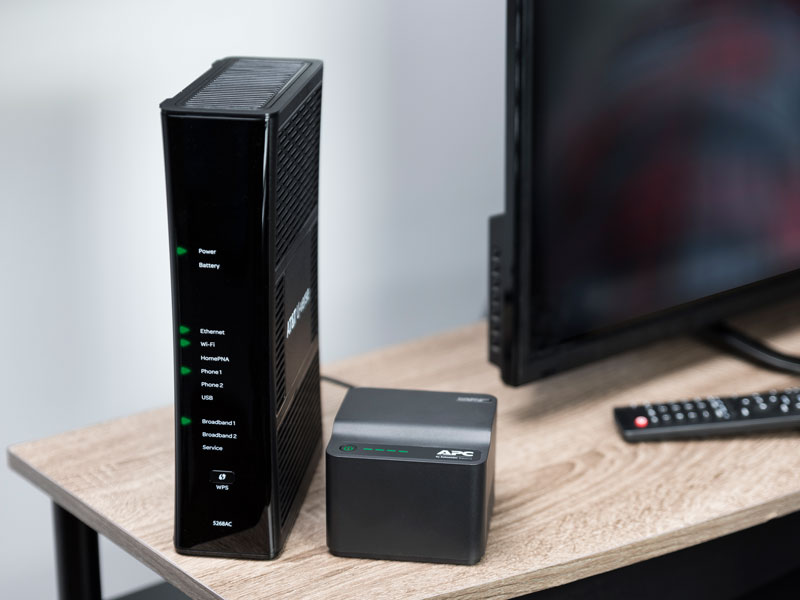How Can I Increase the Airflow in My House?

Having problems breathing in your home? The air gets sticky and heated air makes you want to leave the house? That energy spending is getting higher, especially in summer days? Don’t worry, you probably have airflow problems and luckily enough, they can easily be solved.
Poor air circulation can happen from a number of things. Sometimes the weather outside does its trickery, sometimes the ducts are clogged and other times you may not have enough windows in the rooms. Each homeowner needs to take different precautions and to give you some ideas; here are the most efficient ways for improving airflow.
1. HVAC Inspections
Regularly inspecting your heating and cooling systems is the key for having fresh air in the house. Since all of the air passes through the ducts, its quality is exactly the same as the condition of the ducts. What this means is that if you have pesticides and dust in the HVAC, you’ll have them in the air as well.
Apart from contaminating it, that kinds of debris build ups, also meddle with the airflow throughout the house. It’s better to be safe than sorry, so schedule duct cleaning and check your HVAC at least once a year. You should also consult with an expert to see if the HVAC ducts and vents are properly placed and spread out through the entire home.
2. Clean Filters
Another big part of HVAC maintenance is taking care of the filters. Whether from cigarette smoke or not enough maintenance, with time, these air filters get filled with dust and debris. And when they do, you should replace them. Most of them need to be changed every 3 months, but some editions can last longer.
MERV rating stands for Minimum Efficiency Reporting Value. Each filter has it and the ratings are from 1 to 16. A filter with a 16 MERV will catch more dust and debris, that is why it is a better rating to have. However, some HVAC fans aren’t strong enough to withstand a 16 MERV and that’s when things start to go astray. Check with manufacturer and installer to see if your HVAC parts are working fine together.
3. Window & Door Replacement
Installing new windows or creating new window openings is probably the best solution for improving airflow. Most homes with poor air circulation actually have improperly placed windows and doors. To get the best airflow, you should carefully choose which type of window to put in which room.
For instance, awning windows go great in bathrooms because they offer maximum ventilation, while bay and bow go great for living rooms because besides ventilation, they offer amazing views as well. Apart from window replacement, you should also look at your doors. If you have a living room connected to an outside patio, consider installing sliding of French doors and significantly increase the amount of air circulation.
Many people are discouraged by the price of new windows and doors, but 15% of energy bills so if you choose wisely it will end up saving you up some money in the long run. Plus, window or door replacement is a one-time project since unlike duct cleaning or filter replacement, you only get to spend the money once and enjoy the benefits for many years later on (sometimes even 50 years without repair).
4. Ceiling Fans
Most people don’t take us seriously when we recommend ceiling fans for improving airflow. This is because everybody expects to hear programmable thermostats or other technologically advanced products which will magically solve everything.
But little do they know that ceiling fans are better than smart thermostats when it comes to improving airflow in a house. They aren’t that expensive, always get that air moving and can save up on energy spending. Ceiling fans are both suitable for winter and summer days and also improve aesthetic in a room.
5. Attic & Basement
The attic and basement are very important for heat transfer in a home; this is why these places should have sufficient windows and ventilation. Make sure your attic is properly insulated and that the basement is connected with the rest of the house (through ventilation).
If you don’t have windows in these areas, immediately install ones and afterwards open them up at least 2 times a day. When not ventilated, heat gets trapped in basements and attics and disrupts the natural air flow. In the basement, adding another entrance is highly recommended.
Since the only way to the basement is usually through stairs from the inside, air circulation is minimum. That’s why some homeowners decide to create entrances from the outside as well. This is easily accomplished by a window well system. It also enables natural light to enter as well.










